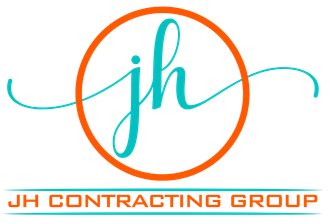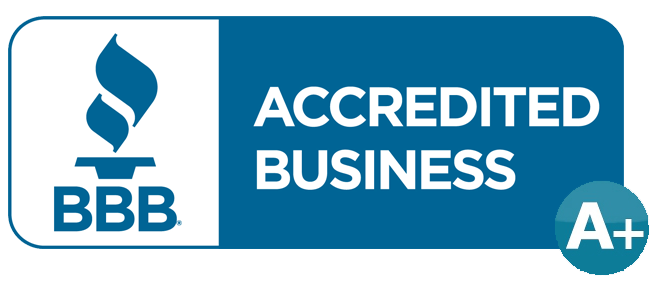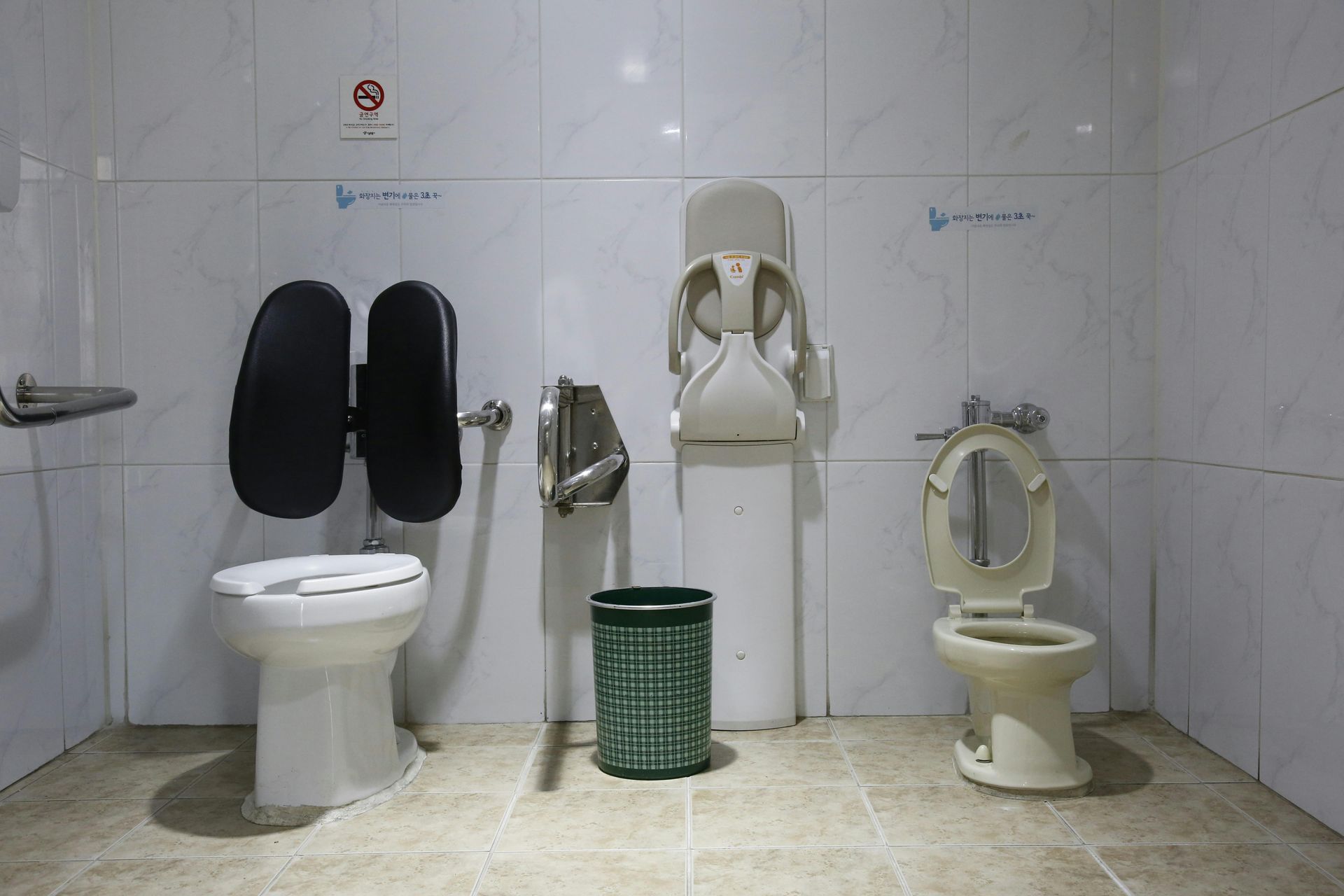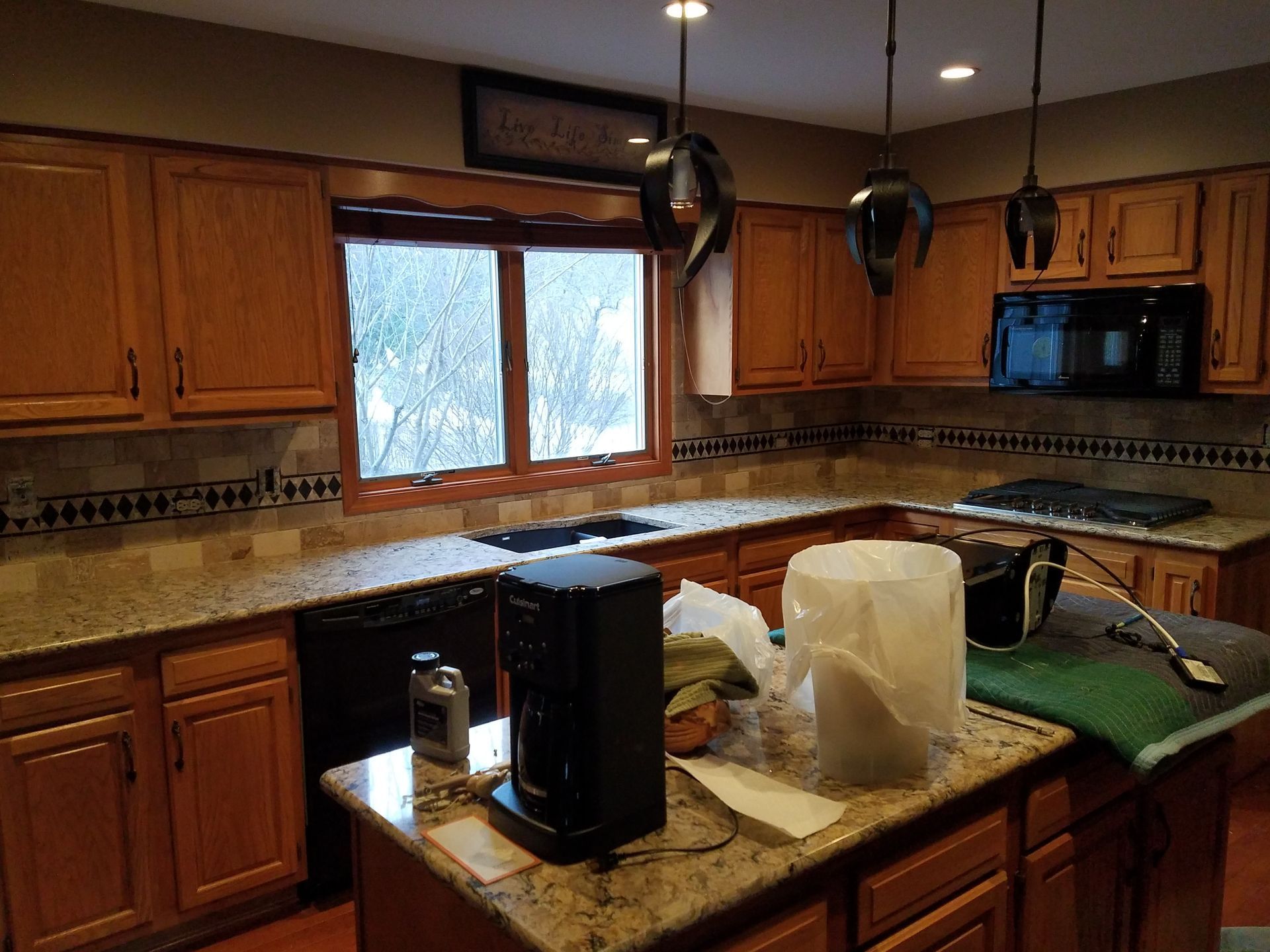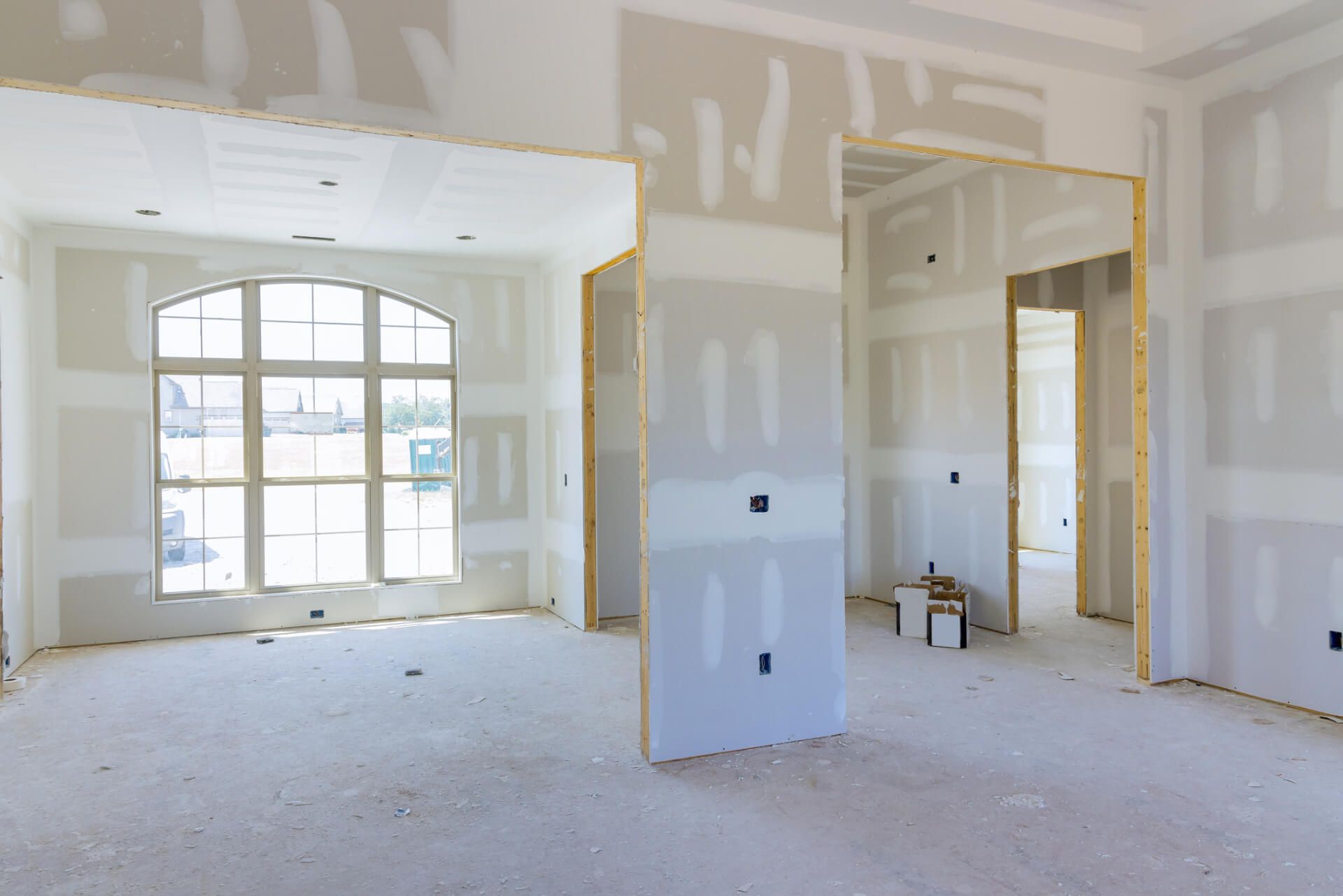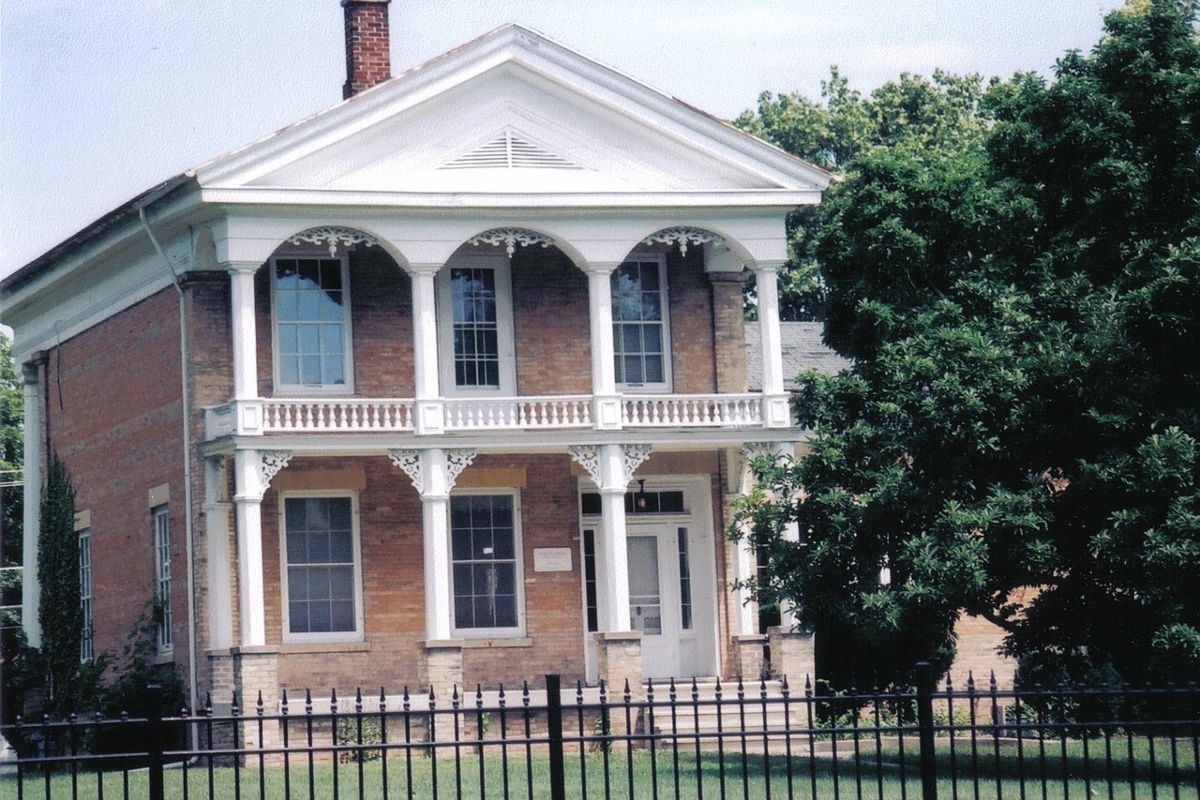The Role of ASTM in Safe Remodeling Practices
Remodeling a home is an exciting venture that transforms living spaces into dream homes. However, it also involves complex processes where safety, quality, and reliability are paramount. For homeowners and contractors alike, adhering to recognized standards ensures that remodeling projects not only meet aesthetic goals but also comply with essential safety and performance criteria.
One of the most influential organizations in this regard is ASTM International. This blog explores the critical role ASTM plays in safe remodeling practices, highlighting how its standards benefit homeowners and contractors in McHenry, IL, and beyond.
What is ASTM International?
ASTM International, formerly known as the American Society for Testing and Materials, is a globally recognized organization that develops and publishes voluntary consensus-based technical standards. With over 12,000 standards spanning industries such as construction, metal, wood, petroleum, and more, ASTM provides a comprehensive framework to ensure product quality, safety, and sustainability.
Though ASTM is not a government regulatory body, its standards are widely respected and often incorporated into building codes and regulations. By establishing rigorous testing methods and performance criteria, ASTM helps manufacturers, contractors, and consumers maintain high levels of safety and reliability in their projects.

Why ASTM Standards Matter in Remodeling
Ensuring Material Quality and Safety
One of the primary ways ASTM contributes to safe remodeling is through material characterization and standardization. ASTM standards define the properties and testing procedures for construction materials such as wood, concrete, plastics, and metals. This ensures that materials used in kitchens, bathrooms, basements, and other remodeled areas meet minimum quality and safety requirements.
For example, pipes used in plumbing must comply with specific ASTM standards to guarantee durability and resistance to pressure and degradation. Using ASTM-certified materials reduces the risk of premature failures, leaks, or hazardous conditions, protecting both the homeowner and the structure.
Promoting Best Practices and Testing Protocols
ASTM standards also provide standardized test protocols that assess the performance and safety of building products. These tests simulate real-world conditions to verify that materials and products can withstand stresses such as load, moisture, and temperature variations.
Contractors who follow these standards can confidently select products that have been rigorously evaluated for reliability. This consistency in testing helps prevent costly repairs or replacements down the line and ensures that remodeling work is durable and safe for occupants.
Enhancing Worker Safety and Reducing Liability
Remodeling projects involve numerous tradespeople working with potentially hazardous tools and materials. ASTM standards establish safety guidelines and best practices that contractors must follow to protect workers from accidents and injuries. These include specifications for equipment design, handling procedures, and protective gear.
By adhering to ASTM standards, remodeling companies reduce their liability risk and demonstrate a commitment to workplace safety. This not only safeguards workers but also reassures homeowners that the project is managed professionally.
Supporting Sustainability and Environmental Responsibility
In today’s remodeling industry, sustainability is a growing concern. ASTM standards incorporate environmentally responsible practices by promoting the use of materials and methods that minimize waste, energy consumption, and environmental impact. This aligns with modern building codes and green remodeling initiatives, helping homeowners achieve eco-friendly upgrades without compromising safety or quality.
ASTM Standards Commonly Referenced in Remodeling
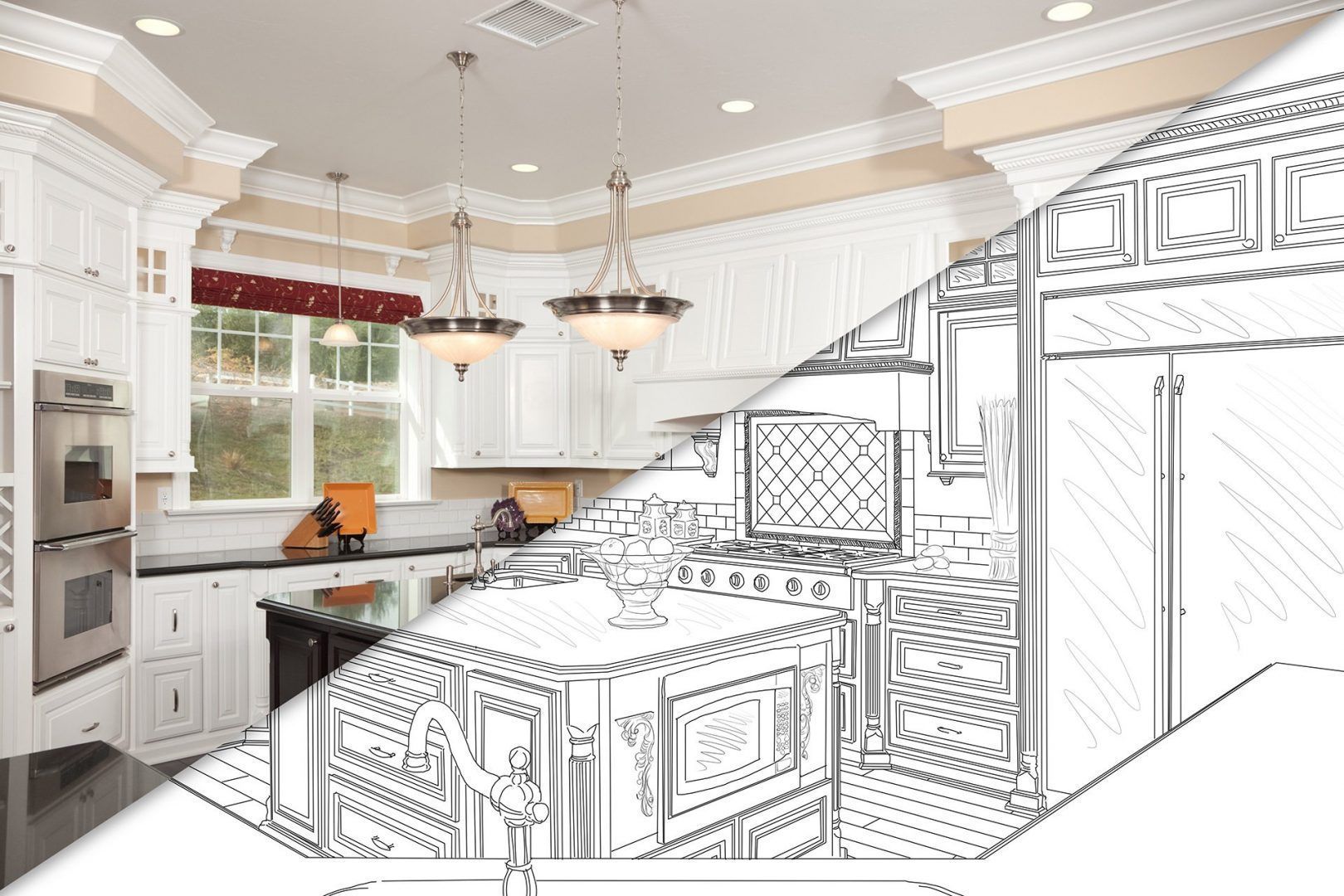
Several ASTM standards are particularly relevant to home remodeling projects:
- ASTM E84: Standard Test Method for Surface Burning Characteristics of Building Materials, important for fire safety in interior finishes.
- ASTM C150: Specification for Portland Cement, ensuring quality concrete for foundations and structural elements.
- ASTM D1785: Standard Specification for PVC Plastic Pipe, critical for plumbing systems.
- ASTM F1866: Standard Specification for Floor Coverings, ensuring durability and safety of flooring materials.
- ASTM C1036: Specification for Flat Glass, relevant for windows and shower enclosures.
Contractors like JH Contracting Group, Inc. in McHenry, IL, rely on these and other ASTM standards to guide their selection of materials and workmanship, ensuring every remodel meets or exceeds safety and performance expectations.
The Impact of ASTM on Remodeling Quality and Customer Confidence
When remodeling companies commit to ASTM standards, homeowners gain peace of mind knowing their investment is protected. Products and workmanship that meet ASTM criteria are backed by rigorous testing and often come with warranties, reducing the risk of defects or failures.
Moreover, following ASTM standards helps streamline remodeling processes by providing clear guidelines and reducing guesswork. This leads to more efficient project timelines and cost management, benefiting both contractors and clients.
Ensure Safe and Quality Remodeling in McHenry, IL
If you’re planning a home remodeling project in McHenry County or the surrounding northwest Chicago suburbs, trust JH Contracting Group, Inc. to deliver expert craftsmanship grounded in the highest safety and quality standards. Our adherence to ASTM guidelines ensures your remodel is safe, reliable, and built to last.
Contact us today for a free consultation and discover how our family-owned company can transform your house into the dream home you deserve-safely and beautifully.
